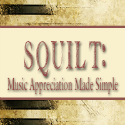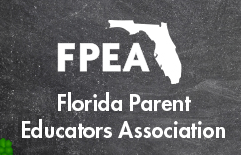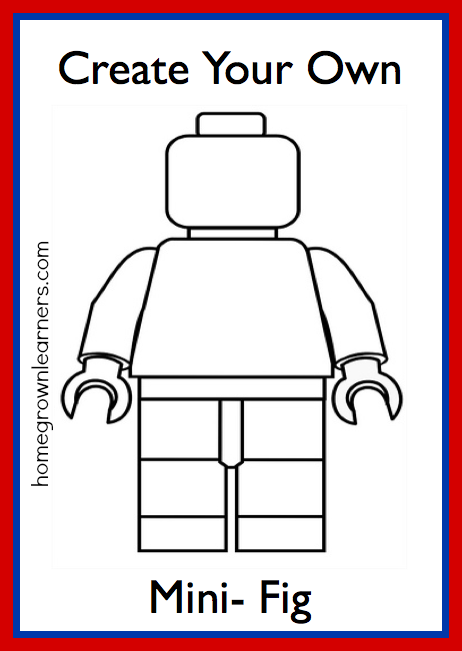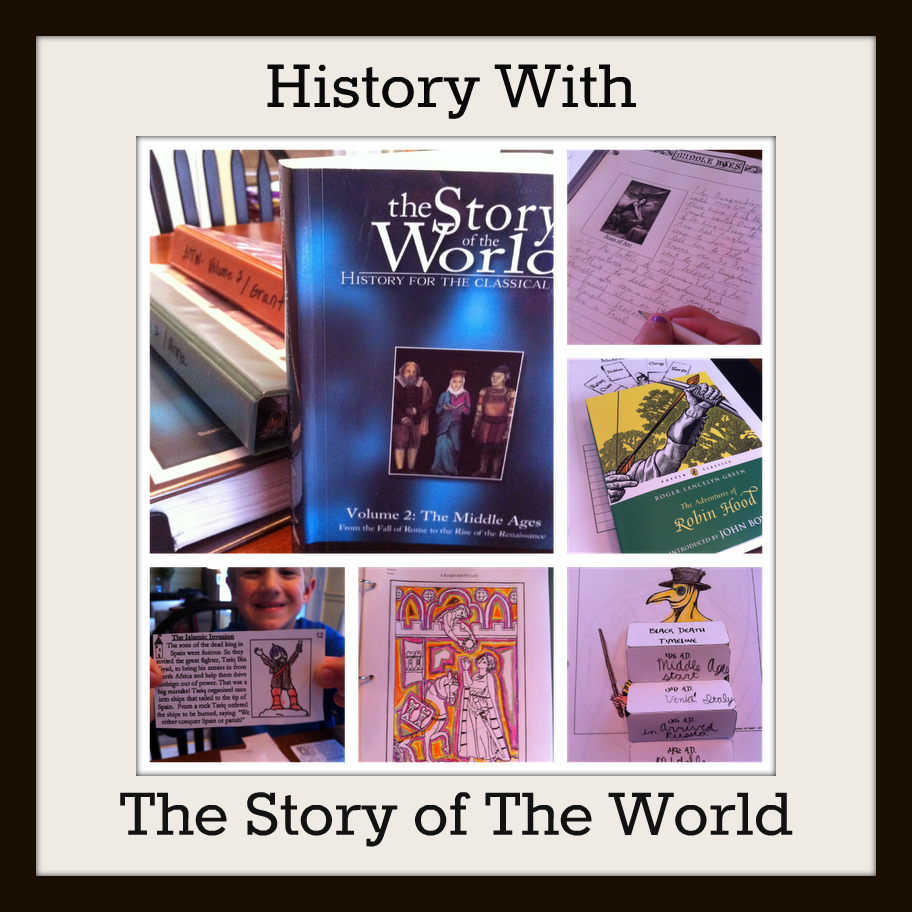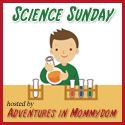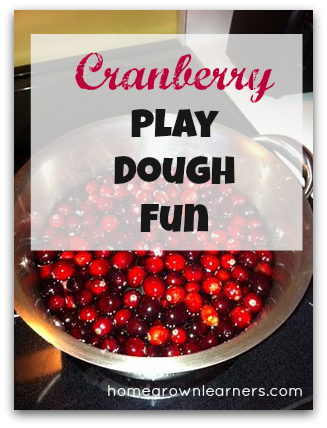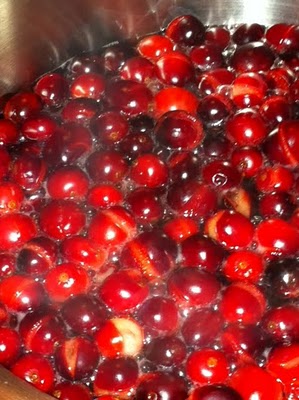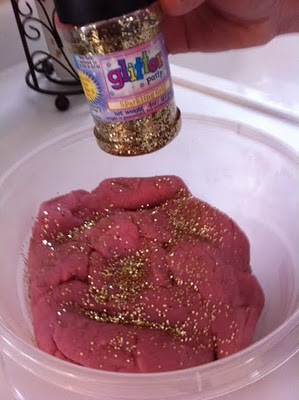Science Sunday - Hard to Change Science Trick
 Sunday, January 16, 2011 at 8:39AM
Sunday, January 16, 2011 at 8:39AM Since we were stranded at home all of last week, I was trying to come up with more things to do than usual. Both of the kids asked for Pop Bottle Science, one of our favorite resources! The trick we found was "Hard to Change".
What you need: an index card, a pop bottle with the top removed (ours is a bottle with the top 1/3 cut off, but I bet you could any jar with a wide mouth), and a quarter
What do you do?: Put the index card on top of the pop bottle. Place a quarter on the index card.

What's going on? You are demonstrating inertia, a property of all matter, which is matter's tendency to remain at rest even when the matter is made of billions of moving molecules.
I left everything on the dining room table, and everyone has been doing the trick as they walk by this week -- I always throw out the word inertia, and I think it's burned into their brains by now!
Resource: Pop Bottle Science
The Pop Bottle bottle is a perfect miniature science lab--see-through, flexible, air-tight when necessary, made out of a durable, shatter-proof plastic and designed with a removable top that doubles as a funnel. The Pop Bottle book is a lively, fully illustrated 96-page guide to astonishment. Each experiment begins with a challenge and ends with an explanation of the scientific principles involved. Kids can design a volcano and watch it erupt. Create a tornado-maker and see how twisters work. Make quicksand--is it solid or liquid? Observe photosynthesis in action. Simulate Jupiter's giant red spot, investigate buoyancy, demonstrate inertia, and discover the Bernoulli principle--which allows planes to fly. Plus, turn the bottle into a barometer, a thermometer, walkie-talkie, trombone, compass--or groovy lava lamp.
Please check out other science experiments at Adventures in Mommydom - and try a fun science experiment with your kids today!
 tagged
tagged  science
science 








